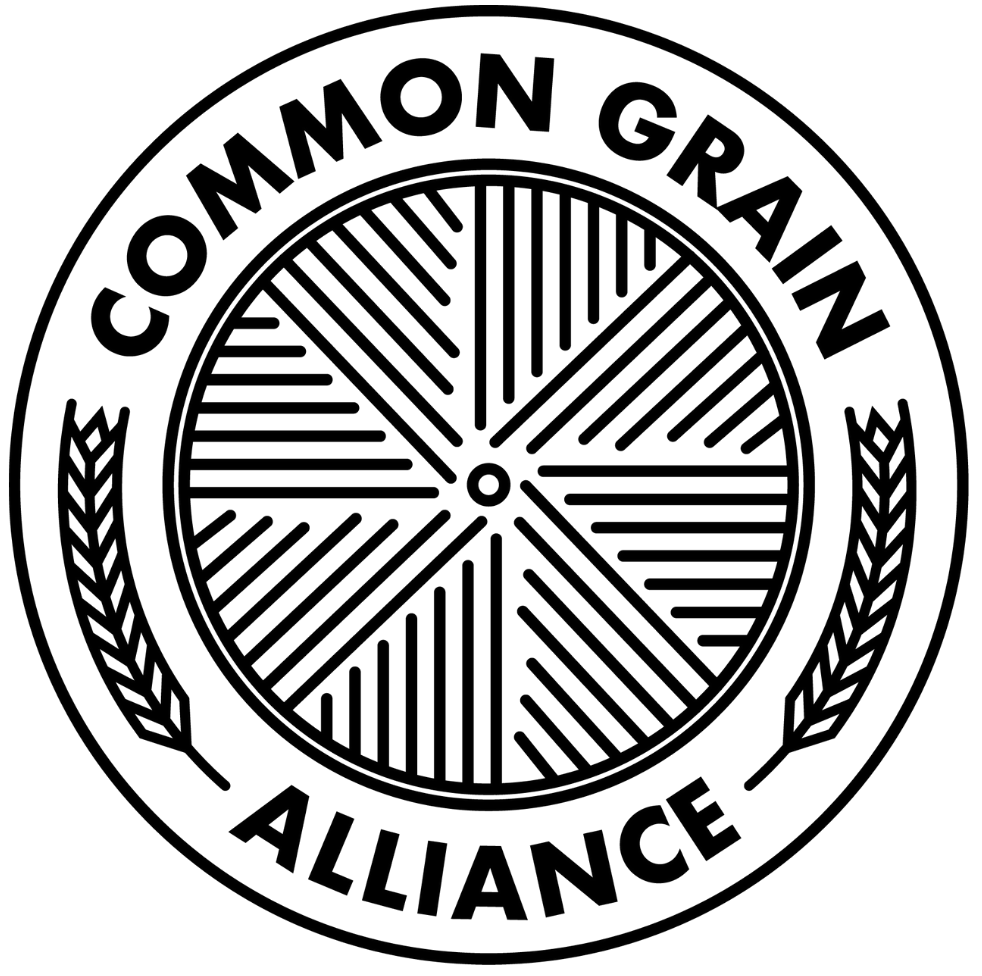Organic N for wheat: when, and how much?
Soil mineralization is a microbial process that releases N locked up in organic compounds into ammonium (NH4+), followed by nitrate (NO3-) via nitrification, which are plant-available. The challenge to growers is how best to synchronize plant uptake with both the rate and timing of N mineralization from organic amendments. I’ve only scratched the surface. Source.
One of our members asked this week about when to apply feather meal, a certified organic Nitrogen (N) fertilizer, to a small wheat crop that is in the ground. I had been wondering how exactly an organic farmer is supposed to meet the widely available conventional N fertilization rates, so this was a good opportunity to learn more.
Two key differences between conventional, or inorganic, and organic N-sources are solubility and potency. Inorganic N fertilizers come in a baffling range of forms, but all are more or less soluble, or readily available to the plant when you apply them. That’s the up-side. The down-sides to N solubility are many, including contaminating surface and ground waters and the risk of “burning” your plants. Organic forms of N tend to stay in the soil for months, releasing their N slowly as soil microbes metabolize (mineralize) them. Conventional fertilizers are also more potent, with most forms containing 16-46% N, compared to organic forms, which rarely exceed 13% N.
These differences lead to questions of “when” and “how much” organic N to apply. Conventional advice focuses on timing application to specific stages of development, like when your wheat tillers (or stems) have two nodes, indicating the end of vegetative growth and the beginning of grain formation. But if your fertilizer takes months to release its N, how do you decide when to apply it? Based on the responses we heard this week from Mid-Atlantic farmers, the answer seems to be as soon as you can in the spring. Some states (like Maryland) have rules about how early you can apply fertilizer. This is because cold soils don’t metabolize fertilizers fast enough to prevent N pollution. Plus, if you are using equipment, you need to wait until soils dry out enough to get out there. There is, however, one OMRI-certified amendment that can be used “conventionally.” That is Chilean nitrate, a fascinating and controversial organic product that should be applied right when the crop needs it.
As for the question of “how much,” that’s easier, provided you assume that the rate of mineralization is constant, which it most definitely is not. Soil type, moisture, and temperature all impact mineralization rates. But as a first pass, you can use this calculator I put together that works for square feet or acres, where you can play with different fertilizers and account for N "credit" that you already have in your soil (from a cover crop or soil test or previous fertilizer/compost application). Please use the calculator and share it freely, just keep in mind that it is untested, and in beta, so please let me know in the comments how it works for you.
In future posts I will try to unpack some of the nuances of this question, but for now, the best way to bring us up to speed is to share your experience in the comments. How do you balance all of these factors on your farm? One Mid-Atlantic farmer reported that when he missed spots when applying manure to his wheat field in March, the plants were stunted and not as green. That right there tells you the N in the manure is getting mineralized and taken up by the plants, despite the cold.
This material is based upon work that is supported by the National Institute of
Food and Agriculture, U.S. Department of Agriculture, under award number 2019-
38640-29878
through the Southern Sustainable Agriculture Research and Education program
under subaward number LS20-327. USDA is an equal opportunity employer and
service provider.
Any opinions, findings, conclusions, or recommendations expressed in this
publication are those of the author(s) and do not necessarily reflect the view of the
U.S. Department of Agriculture.



